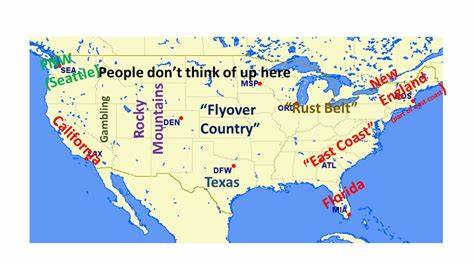“Honey, I forgot to duck”, quipped President Ronald Reagan to his wife, Nancy, shortly before being wheeled into an operating room to remove the bullet from his chest that nearly cost him his life. Forty-four years later, presidential candidate Donald Trump emerged from being covered by his Secret Service agents and, with a blood-streamed face, shouted, “Fight! Fight! Fight!” These two heroic exclamations immediately followed the only two U.S. presidents to outlive being shot by an assassin. Both survived the bullets hitting them by fractions of an inch.
Other than these life-threatening episodes, many parallels exist that mark the political careers of these two presidents. Both were former Democrats, and when running for the U.S. presidency, neither was accepted by Washington’s Republican Party establishment. Popular support became their political strength after each celebrated his seventy-year birthday under the theme of “Make America Great Again”!
Reagan first became president in 1980, during which a long Cold War raged. In 1987, he addressed his Soviet adversary in a speech before the Berlin Wall, “Mr. Gorbachev, tear down this Wall!” Less than three years later, the Cold War with the Soviet Union ended when the wall was torn down. Trump began his second term after another Cold War was building, this time led by Russia and China, with Iran and North Korea as junior partners. His first order of business was to take Russia out of a new Alliance of Evil” by ending Russia’s war on Ukraine.
Iran held fifty-two members of the U.S. Embassy in Tehran hostage during the last year of President Carter’s second term. These hostages were released on the first day President Reagan took office. President Biden ignored American hostages captured by Hamas murderers on October 7, 2023. Within the first fifty days after President Trump began his second term, all hostages had been released.
Ironically, both Republican presidents served at the end of a sequence of poor or failed administrations. Carter and Biden, before them, were deemed two of the weakest U.S. presidents ever to serve. Also, preceding Reagan, presidents Kennedy, Johnson, and Nixon failed to finish their expected presidential terms. Sixteen years of the George W. Bush and Obama administrations left foreign messes and recessions for incoming outsider Donald Trump. President Biden’s absentee legacy passed on to Trump’s second term was even more challenging.
Donald Trump has started his second term using three new strategies. First, his attention is concentrated on issues with which 80 percent of the public agrees. These issues include securing the border, deporting criminal aliens, supporting Israel, eliminating men from women’s sports and locker rooms, and eliminating government waste, corruption, and abuse.
Conversely, these 80 percent stands have forced his political opponents to defend unpopular 20 percent issues like gender-affirming rights, sanctuary cities, anti-Semitic protests, and wasteful government spending.
Second, internationally, Trump seeks to end conflicts in Ukraine and the Middle East. If successful, he then seeks to prevent conflict with China over Taiwan.
Third, Trump has refrained from accentuating the negative. He seldom mentions his previous concerns about abortion rights, the 2020 election, the multiple governmental legal actions against him, revenge against his political enemies, and the events of January 6, 2020.
Trump chose to address controversial issues needed to implement his programs. Tariffs are his choice to rebuild American industry. NATO nations need to do their part in opposing Russia’s aggressive dictator, Vladimir Putin. Changes are required in Panama, Greenland, Mexico, and Canada to strengthen America’s defenses and reduce drug deaths.
Finally, Trump has offered the press total access to his Administration’s policies with daily briefings, in contrast with his predecessor. Since he escaped the assassin’s bullet, Trump has become more relaxed and less combative, but still retains a sharp edge during his tireless schedule.
America experienced over twenty years of prosperity after Reagan left office in 1989, and he was unquestionably the most significant Republican president since Abraham Lincoln. The historical parallels between Reagan and Trump are undeniable; the success of Trump’s next four years and his place in history is uncertain. The facial expressions of Democrats at Trump’s recent Congressional speech and following the passage of the Republicans’ recently passed Continuing Resolution (CR) indicate that he may be off to a good start.
History shows, however, that presidential success is often ephemeral and subject to unanticipated forces – assassins, terrorist attacks, pandemics, ‘never-ending’ wars, recessions/depressions, devastating natural phenomena, political misadventure, political malpractice, unforced judgment errors, and human foibles. “A funny thing happened today on my way to the bank!”
People subject to a driver’s license suspension can take a Defensive Driving Course to reduce the risk of an accident. Nations and their leaders can offset a certain fate by pursuing sound governmental practices. However elusive, strong national defense, sound economic practices, and political cohesion would be a good start in rebuilding today’s America, regardless of political persuasion.
The Constitution allows the U.S. to have only one president at a time, elected by the nation’s voters every four years. Presidential success is a national success. A sequel to the Reagan, Bush, and Clinton eras would bring divided America back together and be a welcome change from the past twenty years of political chaos and conflict.
TW3
March 20, 2025
John Whitmore Jenkins








 by
by